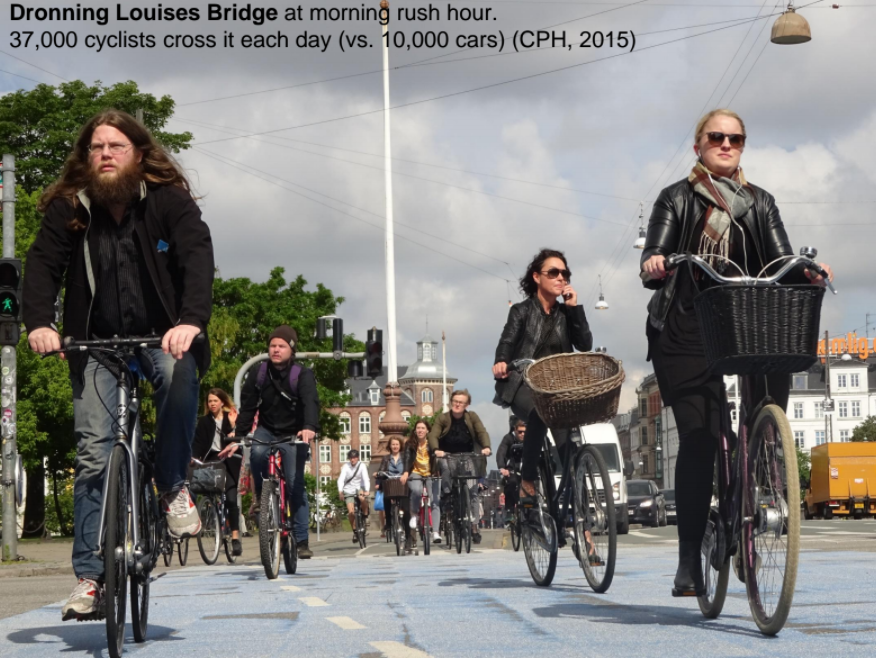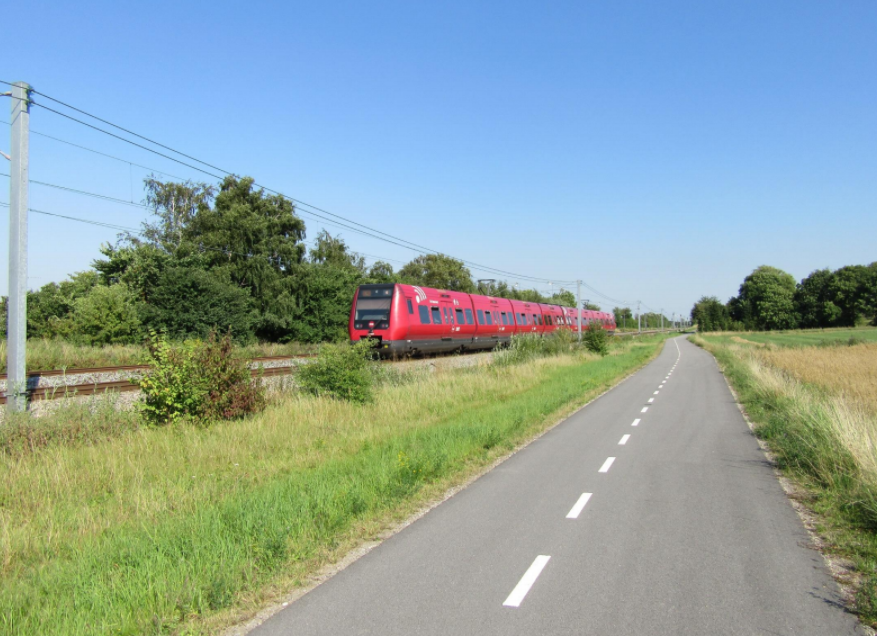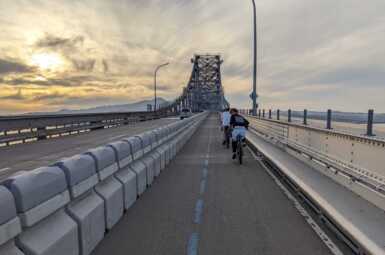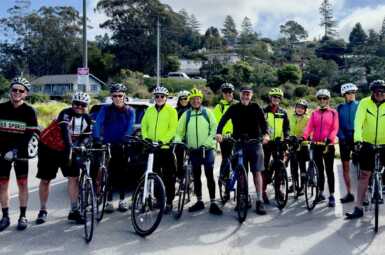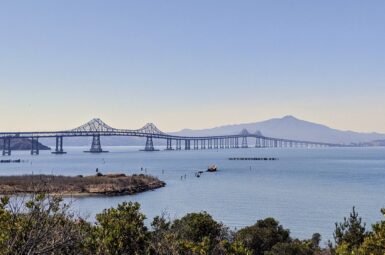Jason Henderson 'Street Fight' Recap Inspiration, Insights Delivered at MCBC Speaker Event
SF State Geography professor and Street Fight author Jason Henderson captivated a packed room at The New Wheel in MCBC’s first 2017 Speaker Series event on May 24.
In a talk that compared bicycling and local politics in Copenhagen, San Francisco, and Marin County, Henderson suggested that Marin–and the Bay Area as a whole–has what it takes to become a prominent cycling region, but not without first up-ending our transportation system.
Henderson made the case that one-fifth of all trips made by bike should be an attainable goal, with nationwide data showing that half of all trips are less than three miles, or a fifteen minute bike ride. Recent data from the Transportation Authority of Marin found that 57 percent of all trips in Marin are fewer than five miles.
Henderson described the goal as a modest one. “Rather than focusing on the 20 percent of people who are biking, I’ll tell people ‘that still means 80 percent of people aren’t biking.'”
He offered inspiration by way of Copenhagen, where 29 percent of all trips and 56 percent of all commute trips are made by bike, compared to 2 and 4.4 percent, respectively, in San Francisco.
Not surprisingly, Copenhagen’s reliance on bikes extends to the suburbs–where one-fifth of trips are made by bike–and is often used in combination with rail.
The keys to success, said Henderson, include full-separation from traffic, fully-connected routes, a fine-meshed network, and coherent design.
While Bay Area cities struggle to connect their bike networks, Copenhagen’s biggest challenge is bicycle capacity; its emphasis is now on creating a network of “Sociable Bikeways,” or routes where people can ride three abreast.
Interestingly, Henderson’s studies of Copenhagen’s politics largely focus on a backlash against Sociable Bikeways from merchants and conservative leaders.
The way elected officials tackle mobility issues–in Copenhagen, Marin, or anywhere–according to Henderson, can be grouped into three categories: progressive, neoliberal, and conservative.
At one end of the spectrum, progressive leadership views mobility as a “systematic problem” and uses government intervention to reduce the ease of driving by redistributing street space and transportation investments to favor walking, biking, and transit.
At the other end, more conservative approaches to transportation “preserve the space of automobility.”
So, what will it take to get the Bay Area to reach that 20 percent number?
Regional agencies continue to set underwhelming targets. Henderson pointed out that the Metropolitan Transportation Commission projections show only 1.2 percent of all Bay Area commute trips being made by bike in 2040.
He said the greatest opportunities for Marin are the completion of the North-South Greenway between Novato and San Francisco, as well as a more heavily utilized regional transit network. In this transit network, of course, bikes would play a big role to get people to and from their destinations.
After taking questions, Henderson, who lives car-free in San Francisco, quickly left on his bicycle to catch the last ferry home from Larkspur.
Stay tuned for our next event on the evening of July 26 at Mike’s Bikes in San Rafael!
Thanks to Our Speaker Series Sponsors!
Mike’s Bikes | The New Wheel | Studio Velo | Marin Museum of Bicycling | Mini of Marin
